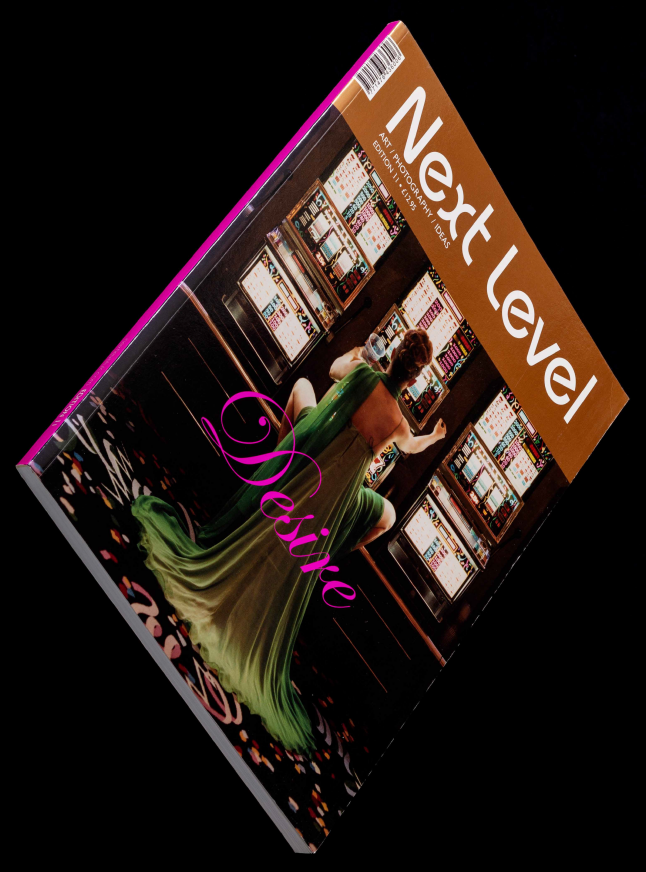Raffael WaldnerCrushed Dreams

Impossible desires – on turning back time.
When we invented/discovered the internet we became familiar with the concept of a hypertext made up of all the possible texts ever written. The same can be said about photography: every day we assist in the creation of a big picture constantly enlarged by new photographs added by professionals and amateurs alike. Our visual habitat is overflowing with images of any imaginable subject. Photographers, both journalists and artists, create a visual report of the world and contribute their pictures to a bigger one enclosed in the frame that we call ‘actuality’. Every image fits into this unconscious collective project – none is excluded. It would be pointless if we tried to avoid dramatic pictures such as those of car crashes; rejecting a portion of reality would be lying to ourselves. Like so many other ambiguous contemporary symbols, cars play a major role in our everyday comedy. They tell a lot about our lifestyle. They are important for a state’s economy. Like furniture and architecture, their design comes from and fashions the taste of a specific age. They are what remains of two primeval human instincts: nomadism and individualism.
Cars have complex meaning, a multi-layered significance fully understood around the world. Appropriating this meaning makes us its owner, transfers it unto us; this is how cars can catalyse our desires. So, why should Raffael Waldner – and Weegee, Arnold Odermatt, Enrique ‘el niño’ Metinides, and many others – focus on crumpled automobiles instead of shiny new models? Are such wreckages not unusable? What is there to salvage from these scenes we are otherwise repelled by – do they not represent the exact opposite of what could and should be? What kind of desire might be hinted at in the project?
Desire is an urge for something that is not present, not real yet; once its object is gained we are plunged back into the waters of reality, materiality, possession, and all their gross, unsightly elements. Unfulfilled desires can last forever, but they begin to vanish as soon as they are obtained. The essence of desire rests on this lack, on not having something, on longing. What happens when we involuntarily destroy our object of desire before it can naturally fade away, perhaps the consequence of boredom? Declare its death and move on to another longing quest? Raffael Waldner’s images suggest another answer.
When the object of desire is destroyed we stand in front of its dead body: no matter how beautiful it was when alive, now it is just raw material, all its perfect proportions and colours melted into an indecipherable shape – a shape echoing the deterioration of desire’s meaning. Morphed just like a decomposing human body that has lost its facial lineaments, we can no longer tell whether the car before us is a Mercedes, an Alfa Romeo or an Audi. Nothing remains of what we were trying to find: an object to make us feel and look special, to move fast in, to drive comfortably. What was produced and purchased for the peculiarities and identity it exuded has now lost all its distinguishing qualities. Though nature tells us that from a dead rotting body a new life can spring and find nourishment, what might come out of automotive wreckages? What new desire might arise from a previous one that has left us with only crumpled cold matter? A very ambitious longing, probably much more difficult to satisfy than the former: a desire to stretch the steel, mould the glass and inflate the tyres. Not merely an intention to recycle, but rather a wish to fix, rebuild and reshape a vehicle, to restore reality and take the transformed object back to its previous condition, let it take its intended course. A frenzy of rewinding time to the moment when our desire was fulfilled and the world, at least our small portion of it, was precisely as we wanted it to be. This is the specific kind of desire inscribed in Raffael Waldner’s pictures: nostalgia. Not for a state of purity or innocence: nostalgia for a stage of our life that did not end up as we desired.
